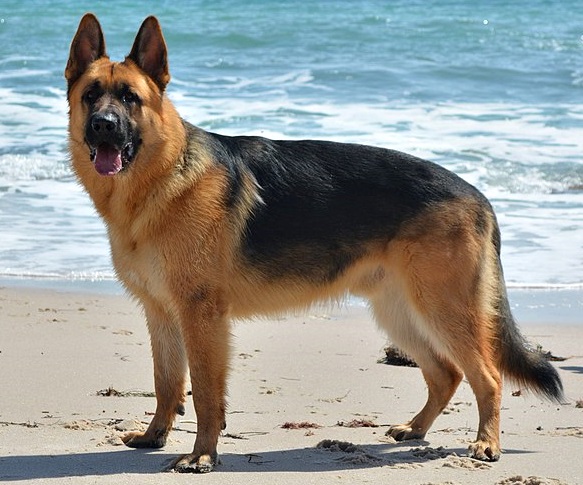Cryogenic Liquids In Veterinary Clinics
Sacramento Sparks Reno Welding Supply
Here at Harris Gas, we supply cryogenic liquids to a variety of health care clinics in the area. One customer base that we are seeing more and more of are veterinary clinics. We see veterinary clinics quite often because cryogenic liquids are used in veterinary clinics for a variety of purposes, from surgical procedures to the storage of biological samples. Two of the most commonly used cryogenic liquids in veterinary medicine are liquid nitrogen and carbon dioxide.
Liquid nitrogen is often used in veterinary clinics to freeze tissues for removal. This technique, called cryosurgery, uses extreme cold to destroy abnormal tissues such as skin tags, warts, and cancerous cells. Liquid nitrogen is also used to preserve biological samples, such as semen, embryos, and tissue samples. By keeping these samples at very low temperatures, they can be stored for extended periods without degrading. This is especially important in the field of animal breeding, where semen and embryos can be collected and stored for later use in artificial insemination or embryo transfer.
Carbon dioxide is commonly used in veterinary clinics to induce anesthesia in animals during surgical procedures. Carbon dioxide is an effective anesthetic because it is odorless, colorless, and non-flammable. It also has a rapid onset and offset of action, which makes it ideal for use in veterinary medicine. Carbon dioxide anesthesia is often used in small animals such as cats and dogs, but it can also be used in larger animals such as horses and cattle.
Cryogenic liquids are an important tool in veterinary clinics, where they are used for a variety of purposes including cryosurgery, anesthesia, and the storage of biological samples. Liquid nitrogen and carbon dioxide are two of the most commonly used cryogenic liquids in veterinary medicine, and they have revolutionized the way we approach animal health and breeding. As our understanding of these liquids continues to evolve, we can expect to see even more innovative applications in the field of veterinary medicine and beyond.





